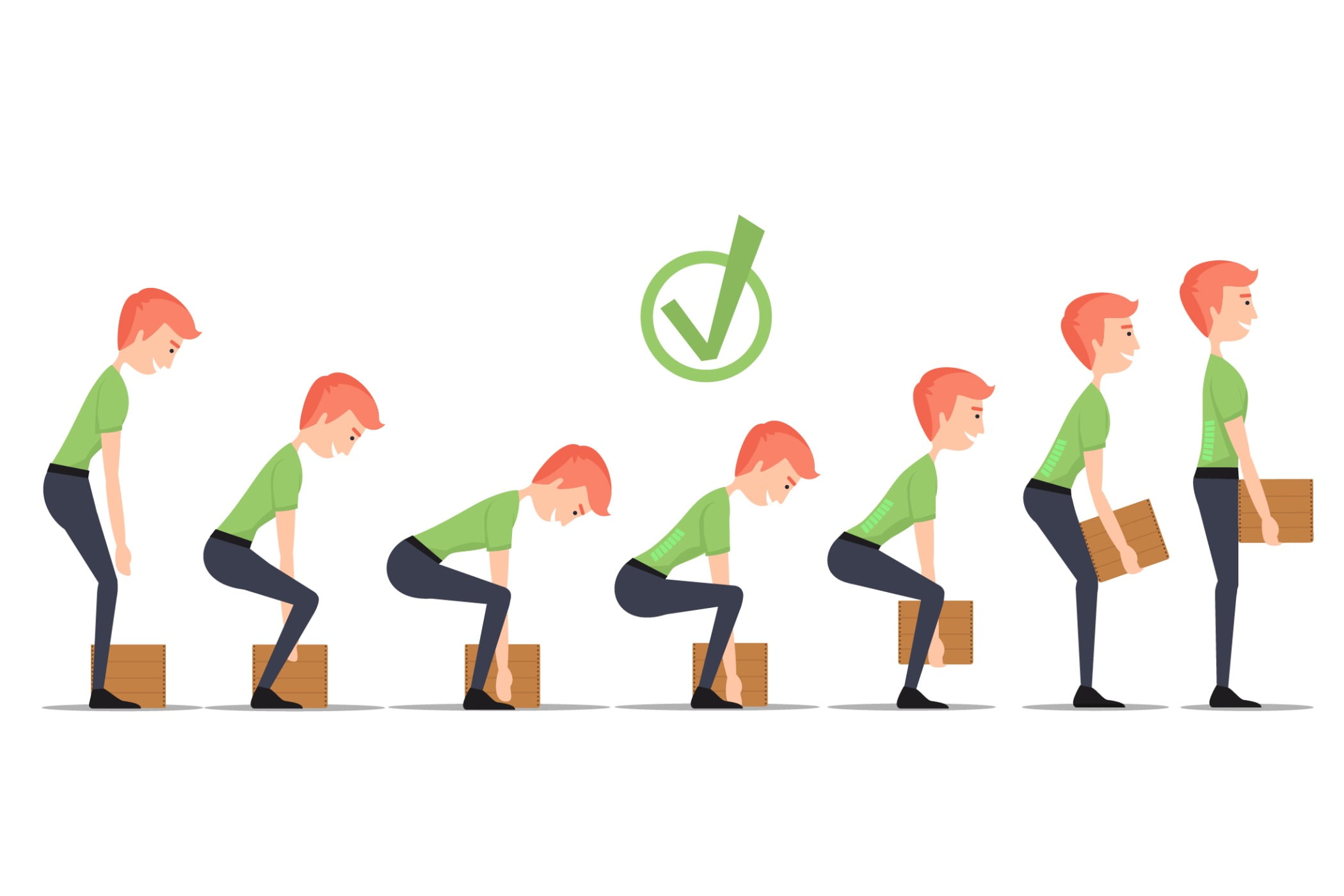Picking up safe lifting habits to prevent back injuries
By Nate Oland, National Account Executive - Association Risk Management Services,
Federated Mutual Insurance Co.
The human body is amazingly adaptable, but one bad back injury can result in a series of painful consequences. Preventing back injuries that stem from improper lifting techniques in the workplace should be a priority for all businesses and employees to help avoid painful repercussions and long-lasting effects.
About 15% of incurred insurance costs for workers compensation and medical payments involve back injuries, which may be costly, prolonged or disabling depending on severity, and can lead to even more serious injuries later in life. Knowledge of how to properly lift heavy items, and following those procedures each time, can be essential in helping to keep your body healthy and your back safe.
Job hazard analysis: Is your workplace laid out in a way that can make lifting easier? Do employees have to manually and repeatedly move items around? Conducting a job hazard analysis to identify lifting dangers before they occur and evaluating the workplace for ways to provide physical relief to employees can help prevent unnecessary labor and severe or disabling injuries. Remember, back injuries can stem from repeated strain and stress over time, but they can also occur from one wrong lift.

Safety meetings: Does your workplace hold frequent safety meetings? Do employees feel comfortable asking for assistance when faced with large lifting tasks? Conducting safety meetings on proper lifting techniques and promoting long-term back health can help educate and re-familiarize employees with the value of back health and safety in the workplace. Posting signage or posters depicting proper lifting rules can help serve as a constant reminder of what to do — and what to avoid.
Protective items and tools: Are there items available for employees to take advantage of when working, such as supportive belts, weight-scale gages, posture reminders, adjustable carts and forklifts, or conveyer belts? Providing these alternatives to help minimize how far employees must move while lifting, as well as creating a workplace environment that encourages asking for assistance, may reduce workplace injury and create a more supportive environment, literally and figuratively, for employees.
A few other things to keep in mind include:
Evaluate the items you are lifting for size, weight and shape.
Reorganize heavy loads into smaller, more manageable ones.
Ask for assistance and utilize mechanical aid if available and necessary.
Allow your body to rest between lifting jobs.
Follow proper lifting techniques, such as maintaining firm footing, lifting with your legs, keeping your back straight, and holding the load close to your body.
Remember: a good safety program involves management and employees working together to actively help reduce accidents and injuries. Your back, and the rest of your body, will thank you.
This article is for general information only and should not be considered legal or other expert advice. The recommendations herein may help reduce, but are not guaranteed to eliminate, any or all risk of loss. The information herein may be subject to, and is not a substitute for, any laws or regulations that may apply. All products and services not available in all states. Qualified counsel should be sought with questions specific to your circumstances and to develop policies and procedures for your business. © 2021 Federated Mutual Insurance Co.
Federated Insurance is an ASA Association Partner and is the recommended insurance provider for ASA member companies.
